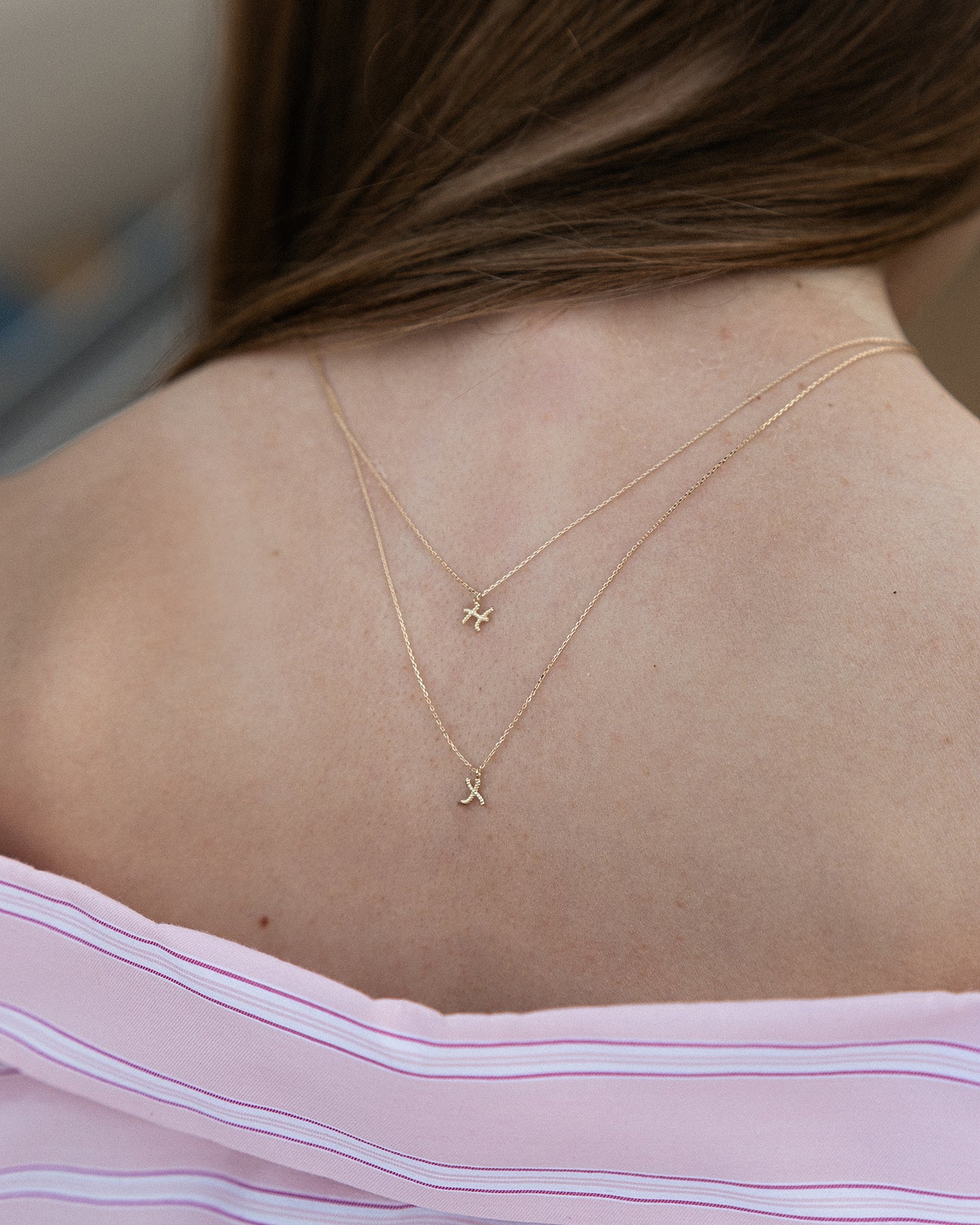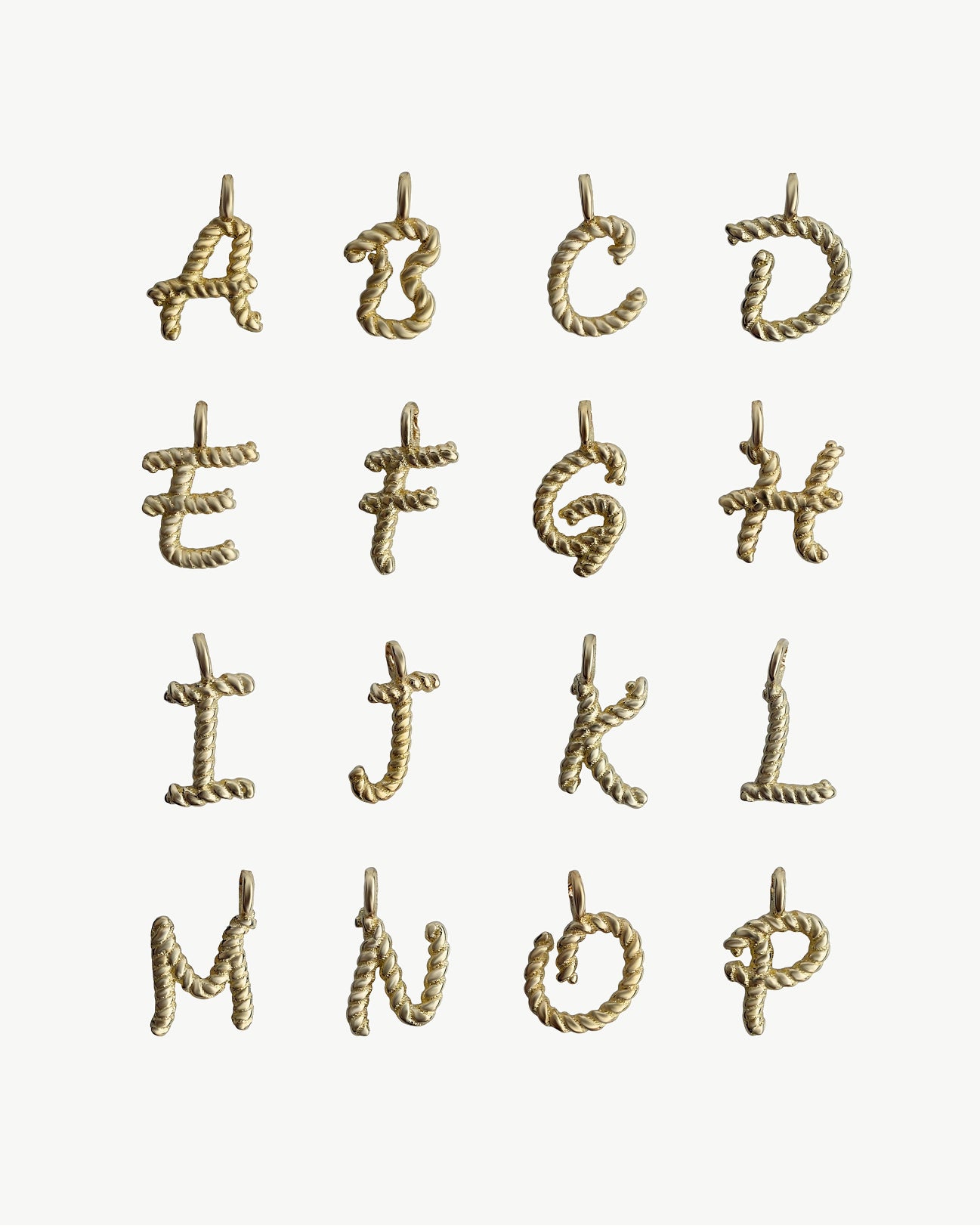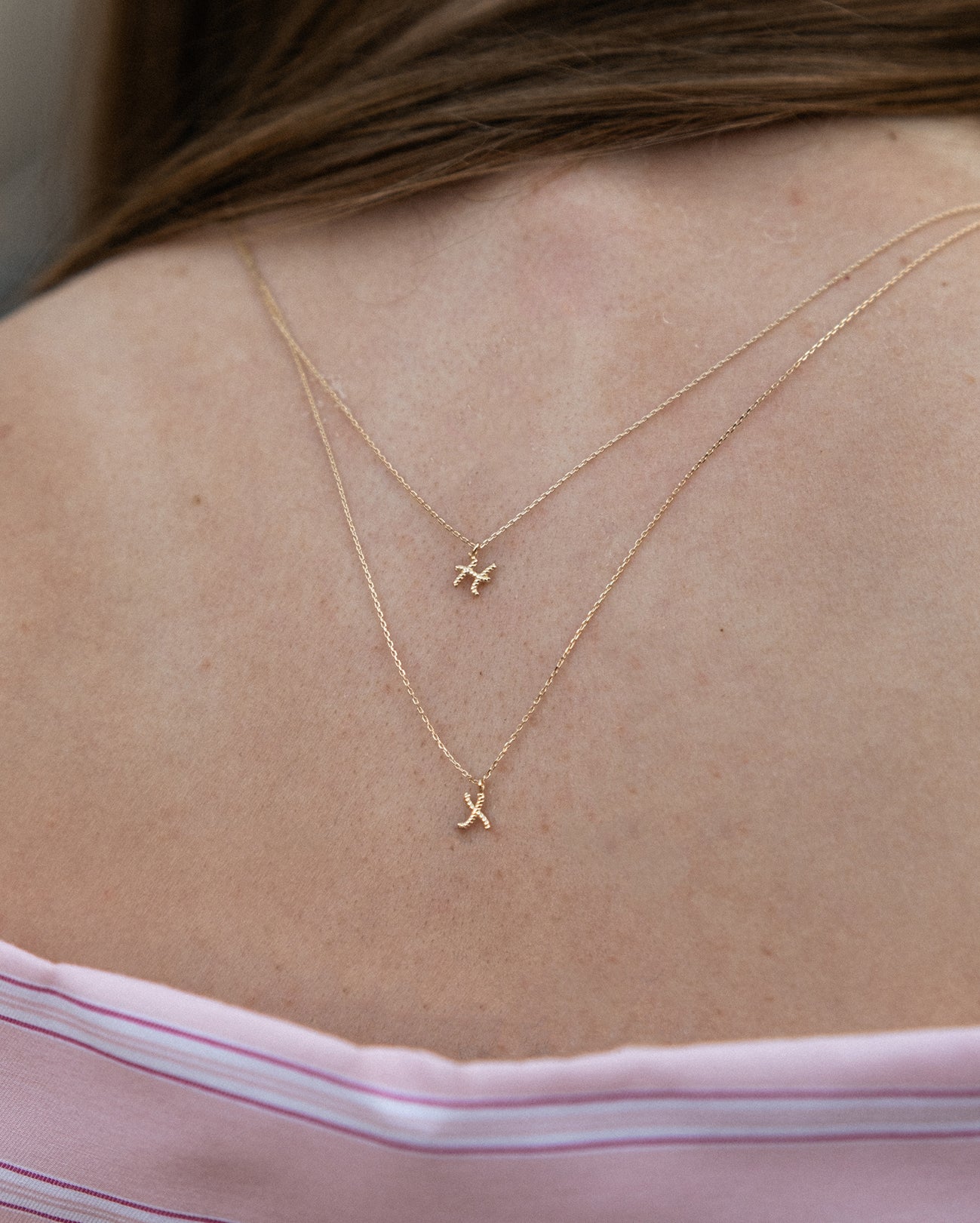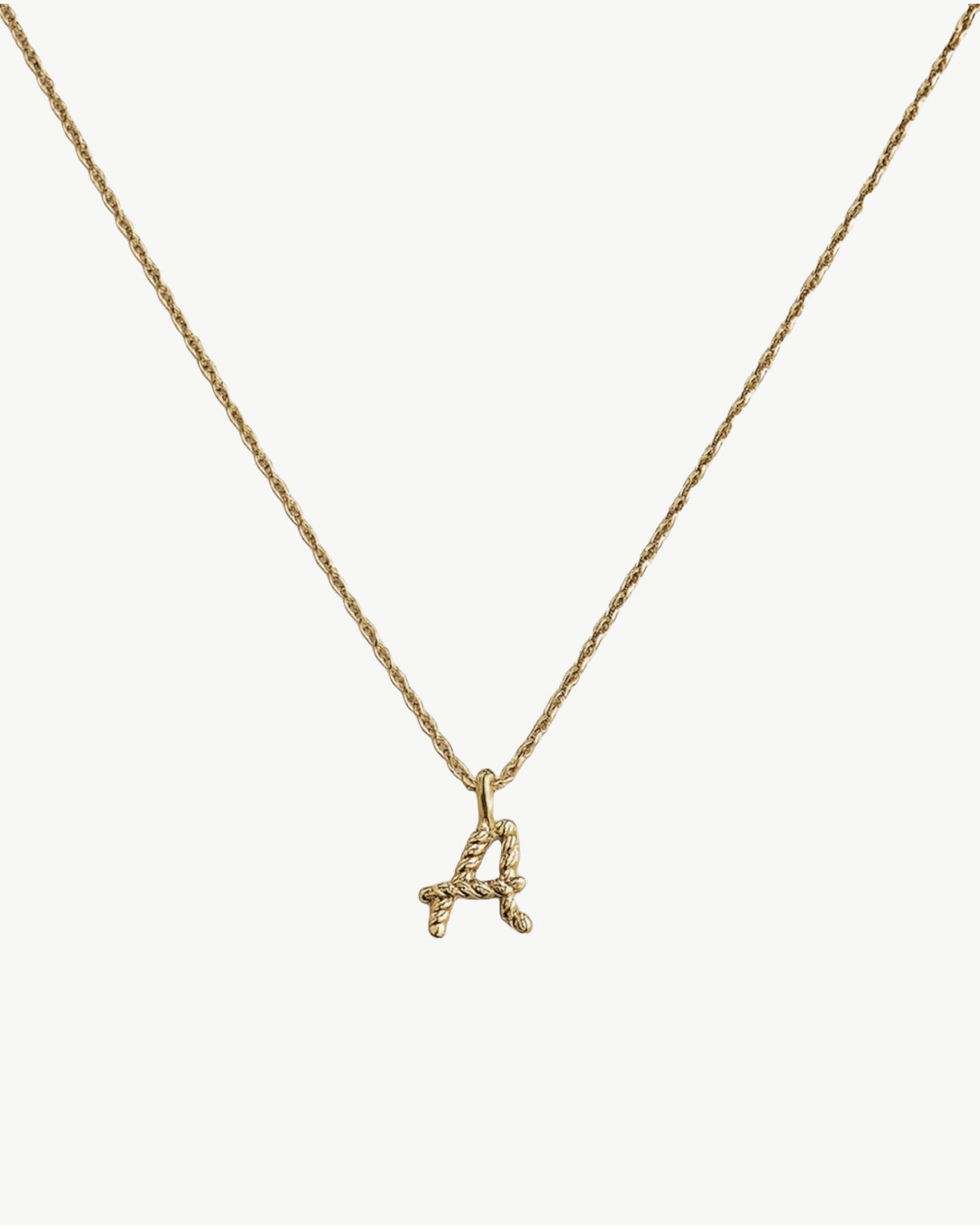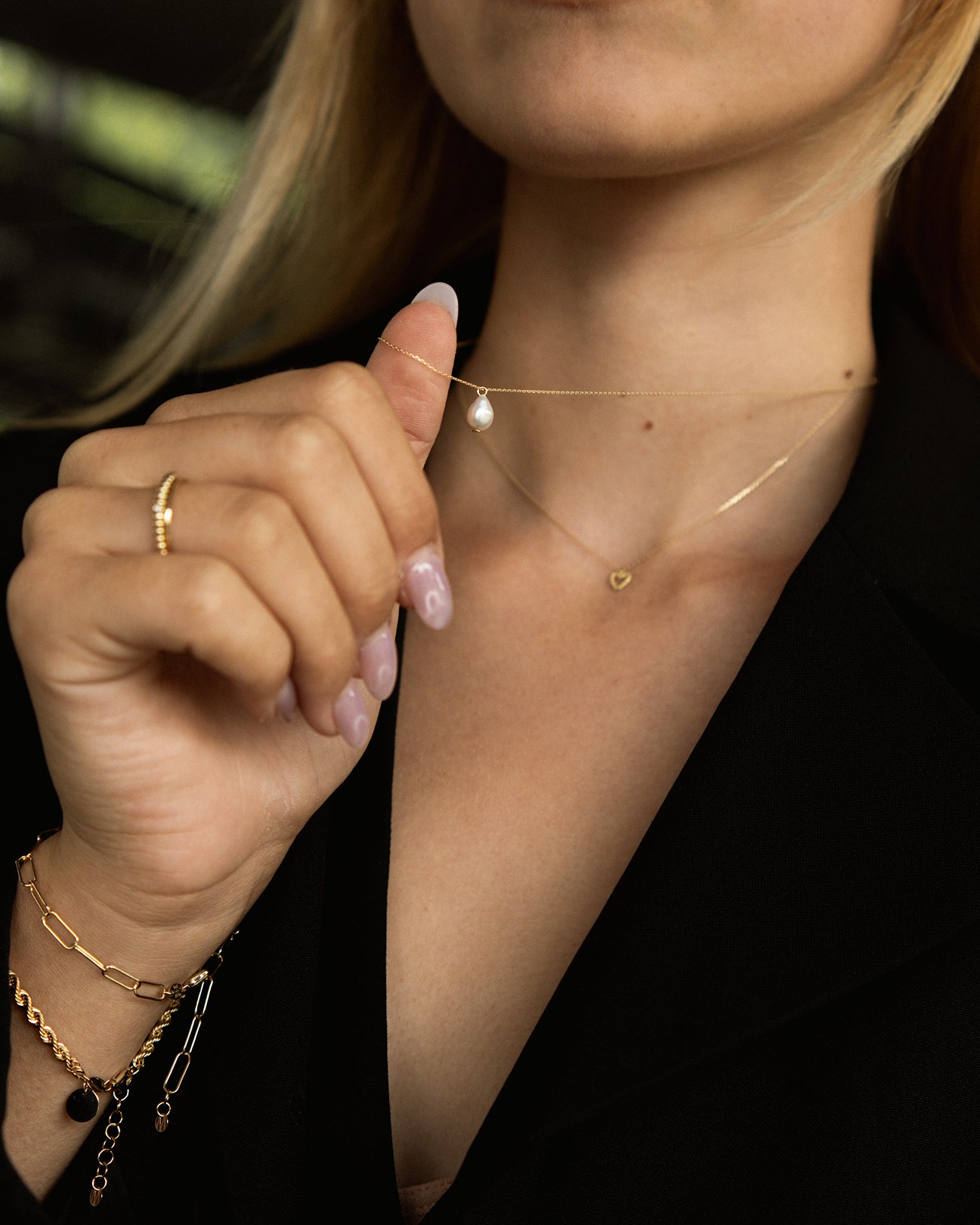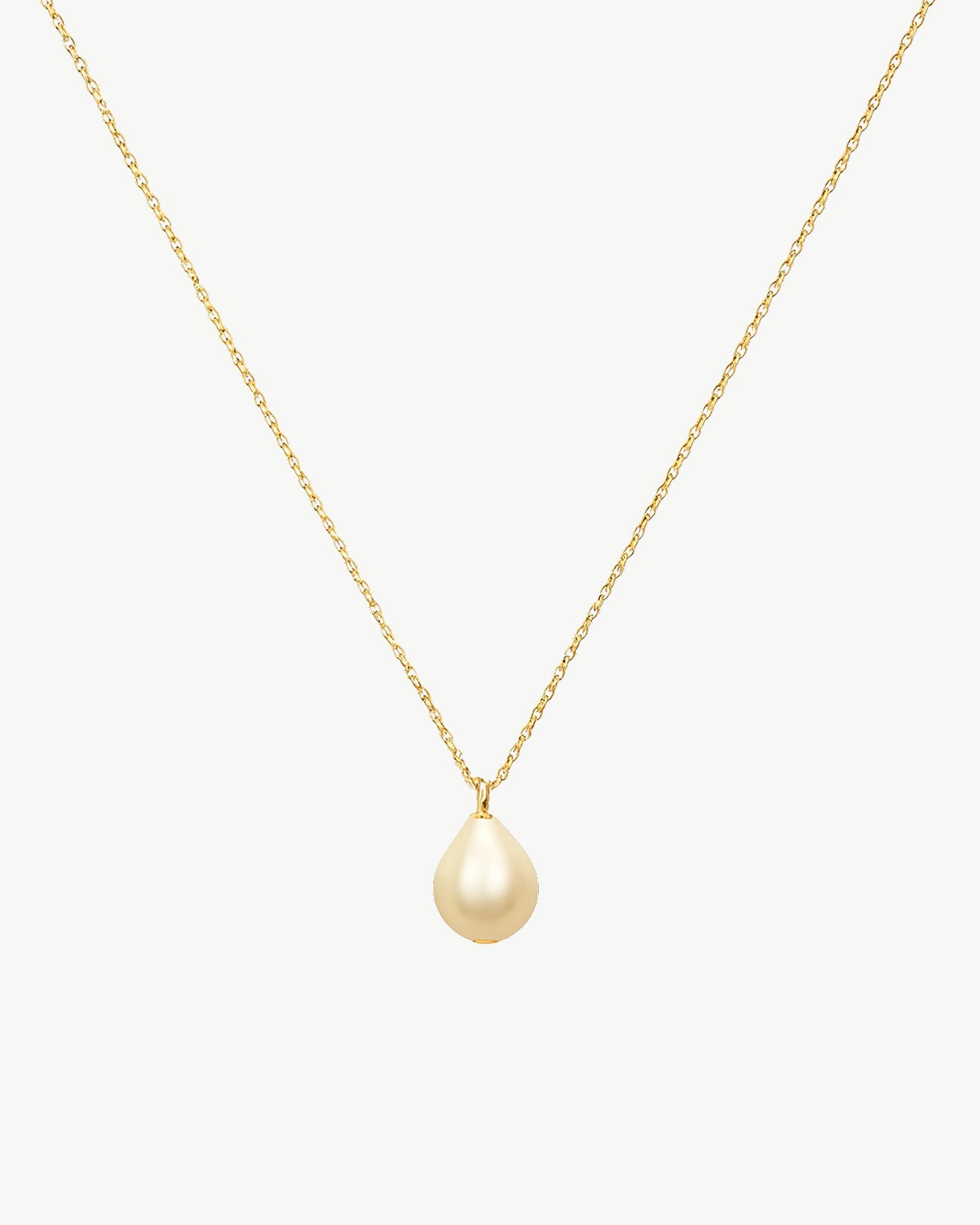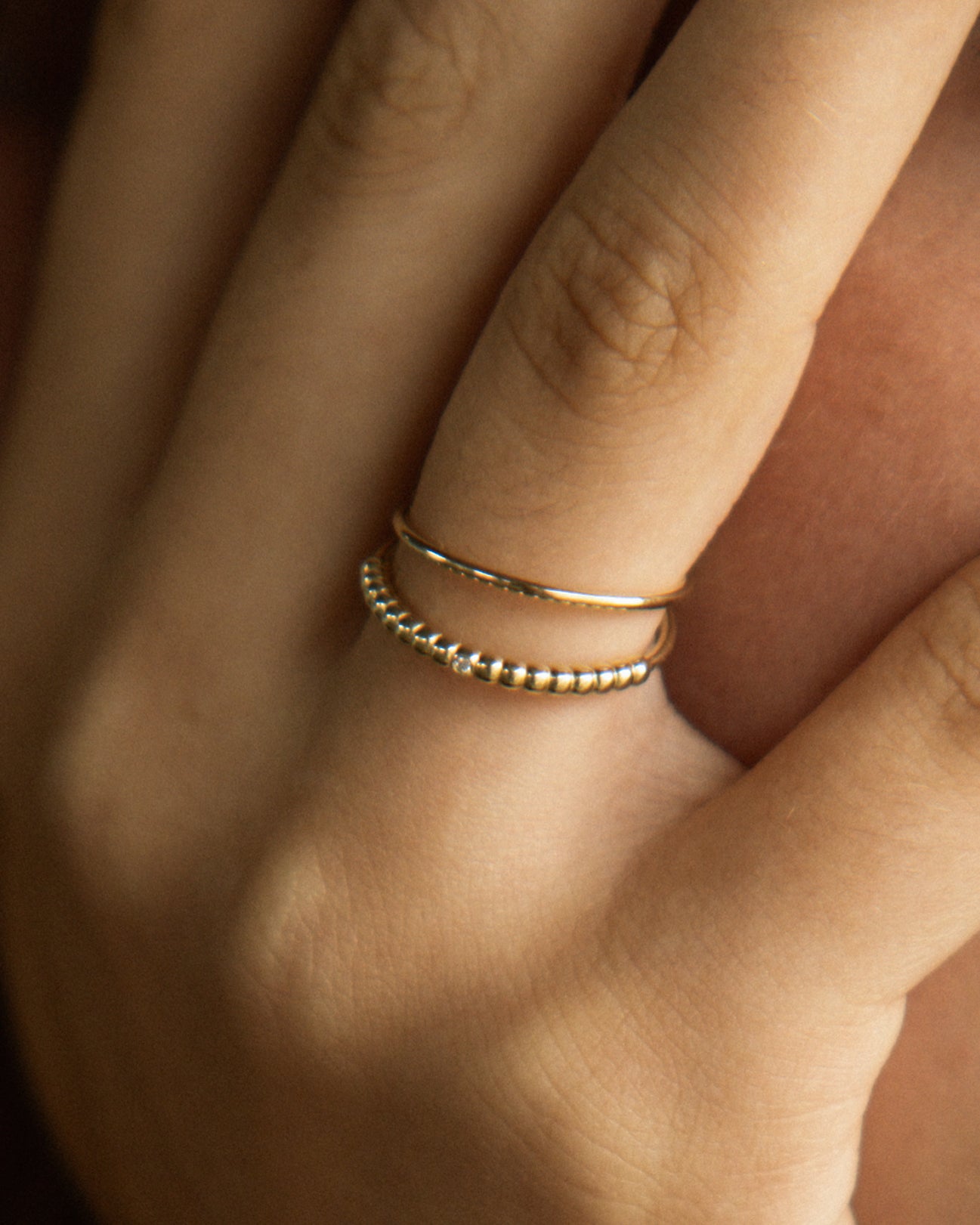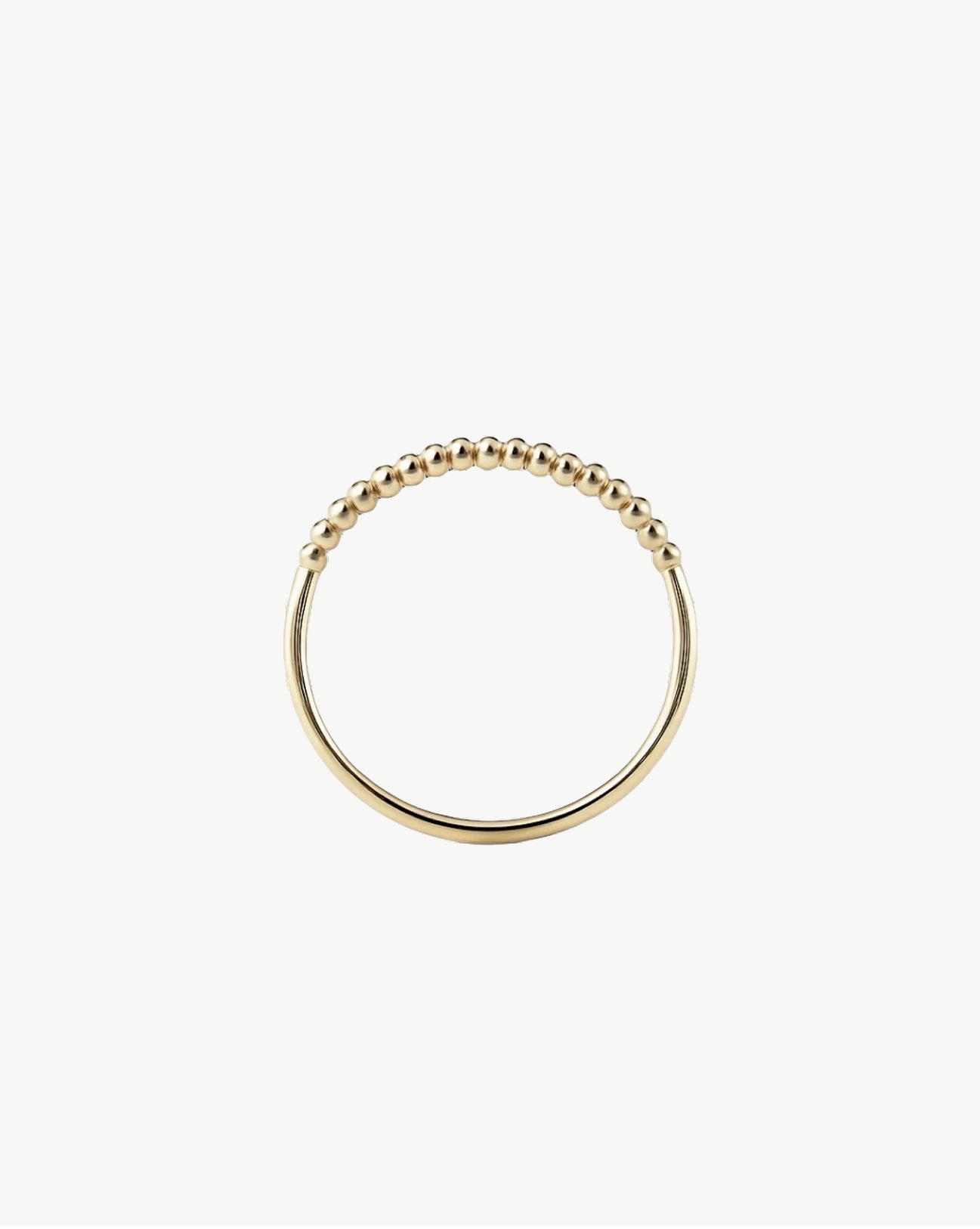We’ve all been there: you find a piece of jewelry that looks amazing and costs next to nothing. A few wears later, it’s dull, brassy, maybe even turning your skin green. So what’s the deal?
The truth is simple. Cheap jewelry tarnishes because it’s not made to last - and often, it’s not made of real gold.
If you want your jewelry to stay shiny and wearable for years (not weeks), understanding why it tarnishes is key. Here’s everything you need to know.
It’s Not Gold - It’s Something Cheaper in Disguise
Most affordable jewelry isn’t made from solid gold. It’s typically gold-plated or gold-filled, which means a thin layer of gold is bonded to a base metal like brass, copper, or stainless steel.
That thin gold layer may look nice on day one, but underneath is a reactive metal. Over time, especially with exposure to air, water, sweat, and skin oils, the base metal starts to react and corrode. The result? Tarnish, discoloration, and a piece that looks nothing like it used to.
The Problem with Plating
Gold plating is especially common in fast fashion jewelry. The problem is that the gold layer is often only a few microns thick - about 0.05% of the piece. It wears off quickly, exposing the lower-quality base metal underneath. Once that happens, there’s no easy fix. Polishing won’t help, because there’s no real gold left to reveal.
Even vermeil (a thicker gold-plated option over sterling silver) can tarnish with regular wear, especially if not cared for properly. While vermeil is generally more durable than regular gold plating in fashion jewelry, it still has its limits.
To legally be called vermeil in places like the U.S., the gold layer must be at least 2.5 microns thick and plated over sterling silver - but not all countries strictly enforce this standard. Some brands may use thinner gold or lower-quality base metals and still call it vermeil, which can lead to faster tarnishing and wear. That’s why it’s always worth checking what’s really underneath the shine.
Cheap Metals Are Reactive
The metals used in low-cost jewelry - like brass, copper, and nickel - are highly reactive to moisture, air, lotions, and even your skin’s natural pH. That’s why cheap rings often turn your fingers green or leave a grayish residue on your skin.
It’s not your fault. It’s just chemistry.
Nickel in particular is known to cause skin irritation and allergic reactions for many people. It's often used to harden jewelry cheaply, but it’s not considered safe or skin-friendly in fine jewelry.
Solid Gold Doesn’t Tarnish (That’s Why We Use It)
Unlike plated or filled jewelry, solid gold doesn’t wear down or peel. It won’t tarnish, oxidize, or change color over time - because it’s gold all the way through. And while it can develop a soft patina with age, it can always be polished back to its original shine.
Even lower-karat solid gold like 9/10k is still made from genuine gold mixed with durable alloys. These pieces are built to last a lifetime, not just a season.
That’s why MUSE of My Own only uses solid gold in every design - never plated, never filled, and definitely never fake.
Water, Sweat, and Chemicals Speed Things Up
Tarnishing happens faster when jewelry is worn in the shower, gym, or pool. Harsh chemicals in soap, perfume, and skincare can also damage low-quality finishes and speed up the breakdown of thin plating.
Solid gold doesn’t react the same way. It’s resistant to water, sweat, and most everyday exposure. That’s why it’s the best choice for people who want to wear their pieces 24/7 - and never worry about what they’ll look like in six months.
Real Gold Is an Investment, But It Pays Off
Yes, solid gold jewelry costs more upfront - but it pays for itself over time. You don’t have to keep replacing pieces that fade, tarnish, or break. You don’t have to worry about skin irritation or green fingers. And you never have to question whether your jewelry will hold its value.
Think of it this way: buying one beautiful solid gold ring you’ll wear for years costs less (and feels better) than buying five plated ones that last five wears each.
How to Spot the Difference Before You Buy
If you want jewelry that won’t tarnish, here’s what to look for:
- Check for gold karat marks: 9k, 10k, 14k, 18k (higher purity is not ideal for jewelry as higher purity means softer metal) = real gold
- Avoid vague terms: If it just says “gold tone” or “gold finish,” it’s not real
- Look for “solid gold” in the product description - not “plated” or “filled”
- Ask about the base metal if it's vermeil or gold-filled (especially if you have sensitive skin)
At MUSE of My Own, every single piece is made from solid gold - clearly hallmarked and designed to last. It’s jewelry you can wear every day, without fear of tarnish or wear.
Final Thoughts
If your jewelry tarnishes quickly, it’s probably not you - it’s the materials. Cheap metals and thin gold plating might save money upfront, but they don’t stand the test of time.
Choosing solid gold means choosing better. Better for your skin. Better for your style. And better for the planet, too - especially when made in small, thoughtful batches like ours.
You deserve jewelry that stays beautiful. That’s why we don’t compromise - and neither should you.
